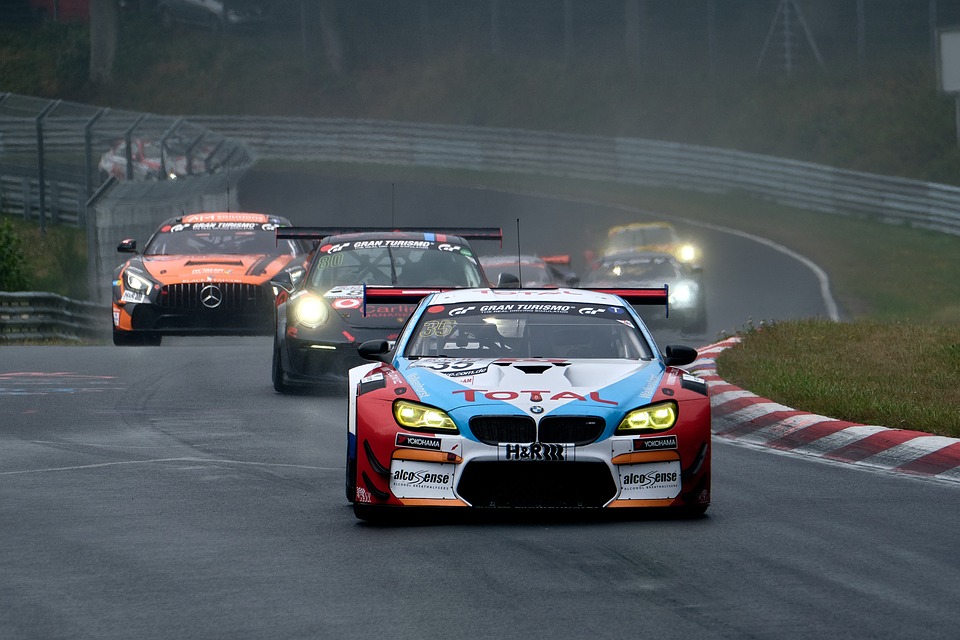Lotus Eclat sports car
A review of the Lotus Eclat Sports Car, covering the development, significant features and technical data of this sixteenth model in the Lotus range.
In this article, I offer a nostalgic look at the Lotus Eclat, one of the elite group of classic cars, which was manufactured from 1974 to 1982.
In the basic design of the Eclat, Colin Chapman decided to include an element of practicality in this affordable four-seater.
The car’s origins were firmly rooted in the Lotus Elite Mark 2, which was phased out in 1983.
Thus, it had a rear body design, which represented a more practical solution for storage in the trunk.
In 1973, when the Elite was in its prototype stage, the GRP bodywork was restyled in such a way that the front of the Elite was retained, but included a sloping roofline that blended seamlessly with the fastback’s tail in traditional hatchback form.
This creation was initially designated the Elite Coupe, but was later renamed the Eclat.
The car was launched in October 1975, and production continued until 1982.
It was offered in a number of versions, such as the basic 520, which used an aluminum, double overhead cam, 4-cylinder, Lotus 907 engine, mated to a four-speed gearbox from a Ford Capri saloon, and a higher final drive ratio than that used in the Elite.
However, in the 522 version, Ford’s gearbox was replaced with a five-speed from the Austin Maxi saloon, and it was better equipped, with luxuries such as air conditioning.
The Eclat was a front engine, rear engine, three-door, 2+2, fixed head coupe.
The Series 1 Type 76, introduced in 1974, was powered by the 1973 cc, Lotus 907 engine, which developed 155 bhp, as used in the Elite Mark 2 Type 75, and fitted with a Stromberg CD2 SE carburetor.
The Series 1 model was phased out in 1980, replaced by the Eclat Series 2 Type 84, which featured the larger 2174 cc engine, the Lotus 912, as used in the Elite Mark 2 Type 83.
This model had a compression ratio of 9.4:1, and was fitted with two Dell’Orto, DHLA 45 carburetors.
However, in order to meet US emissions regulations, the 912 developed only 160 horsepower, compared to 155 horsepower with the 907 unit.
These Lotus 900 Series engines proved to be very successful, and were subsequently used in the highly anticipated Lotus Esprit.
The Series 1 Type 76 Eclat was fitted with a steel body that was attached to a fiberglass body at the rear.
However, oddly enough, a felt strip was placed between the case and the body to provide a good fit.
Not surprisingly, in humid climates, felt can absorb and retain moisture, which will accelerate corrosion of the metal structure.
Since it was completely uneconomical to replace the bodywork of the Elite and Eclat sports cars of the Types 75 and 76, this had a devastating effect on resale prices.
Fortunately, this drawback was overcome with the introduction of the Elite and Eclat Types 83 and 84 models, in which the steel body was galvanized, as standard equipment.
The annual production figures for both types of Eclat were as follows:
1975 = 16; 1976 = 212; 1977 = 133; 1978 = 258; 1979 = 232; 1980 = 95; 1981 = 25; 1982 = 143; Total = 1114
This marked the end of Lotus Eclat
This stroll down memory lane may have answered, or at least shed light on, a possible question:
A Morgan sports car for you favorite?
However, if that question remains unanswered, I will review, in some detail, in future articles within this site, the full range of Morgan sports cars that appeared in the memorable era spanning from 1911 to 1996.
I hope you’ll join me on my nostalgic travels “down sports car memory lane”.
